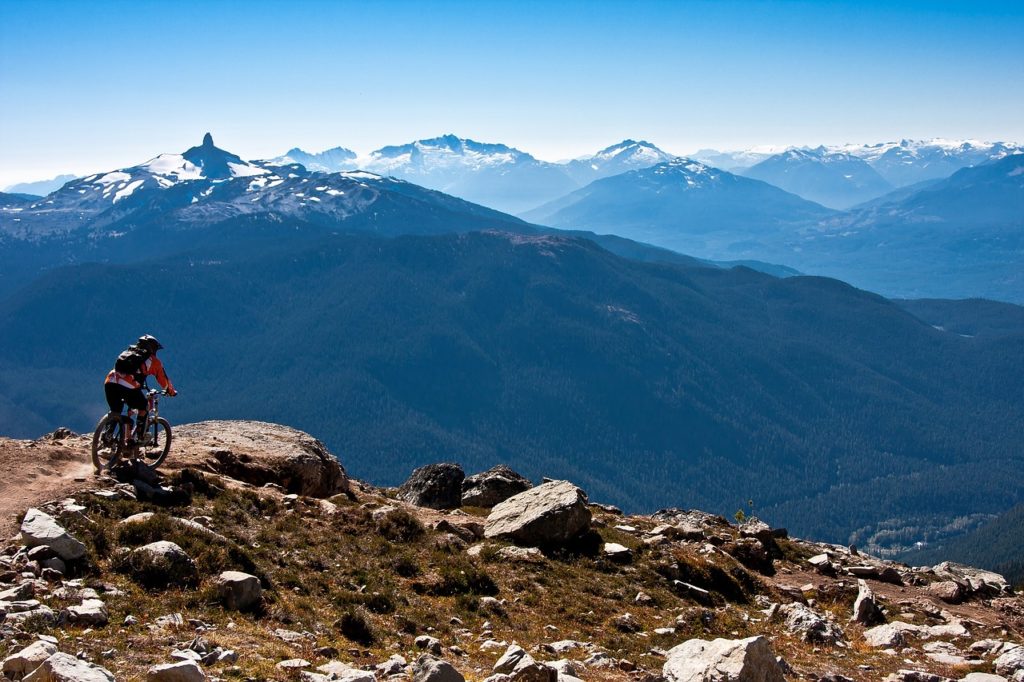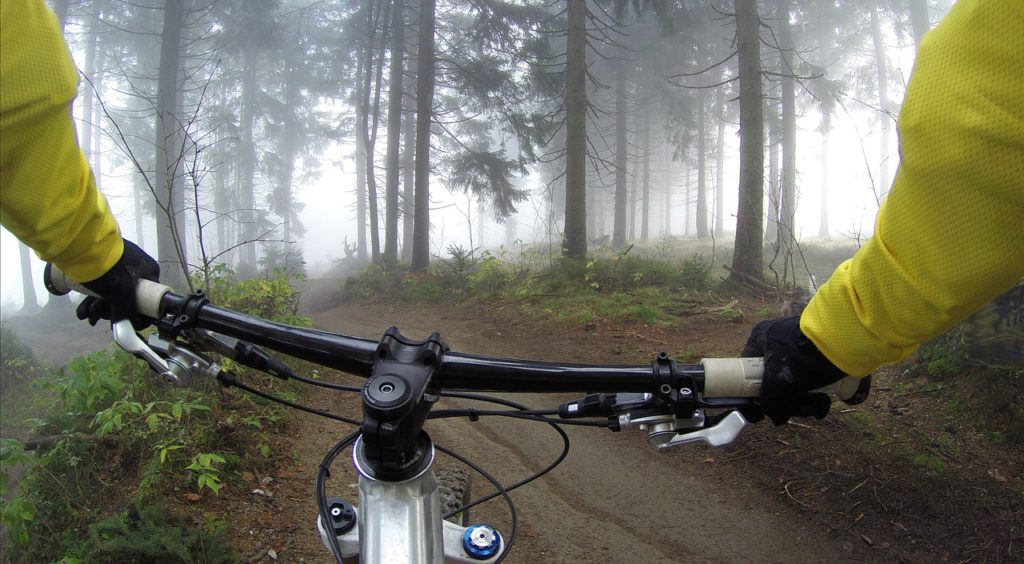How to Go Mountain Biking Comments Off on How to Go Mountain Biking
Are you an adventurer looking for a new action-packed hobby? Mountain biking is an excellent opportunity to have fun and explore new terrain. In fact, more than 8.69 million people tried the sport in 2018. If you’re ready to get started, it’s important to know your style. What type of mountain biking are you interested in?
Trail biking is the most common style, riding an accessible mixture of climbs and descents. You can have a lot of fun with little effort involved. Cross-country biking tends to focus on competitive pleasure, riding as fast as you can through towering terrains.

All-mountain biking, also referred to as enduro, is biking on steroids. If you want to push yourself to the brink, these leg-burning climbs and gravity-defying descents are for you. If you’re all about the downhill rather than uphill, consider visiting a park. During a ski resorts warmer months, you can typically ride the lift to the top of the mountain and maneuver your way to the bottom. Conquer jumps, take on berms and weave through rock gardens.
One type of mountain biking ideal for beginners is fat biking. These bikes come equipped with giant tires that can handle any terrain. They get great traction, even in snow and sand, making them perfect for all-season riding.
Don’t be afraid to try out new styles of riding and visit new destinations. In fact, 62% of mountain bikers travel to ride because they want to experience new trails. On average, the typical trip takes a mountain biker 566 miles from home.

Once you know what type of mountain biking you want to try out, it’s time to find the right bike.
Types of Mountain Bikes
Mountain bikes can vary based on suspension type and wheel size. A rigid suspension is suitable for beginners because it’s easy to control and maintain. Most fat bikes are equipped with rigid suspension, as the wide tires provide enough shock absorbance on their own.
Hardtail suspension, typically found on cross-country and all-wheel terrain, absorbs impact on the front wheel but not the back. These bikes require less maintenance due to fewer moving parts. Full suspension, on the other hand, has shock absorbance for both the front and rear tires. This suspension can increase traction and reduce impact, making for a more comfortable and enjoyable ride.
Mountain bikes typically come with 26-inch wheels, an ideal size for maneuverability. You can also find 27.5-inch and 29-inch styles. The largest size, 29 inches, provides better grip over trail obstacles.
Today, many mountain bikers are shifting away from traditional set-ups and opting for electronic mountain bikes.
The Rise of E-Bikes
Electronic e-bikes — motor-equipped bicycles that propel forward when pedaled — make long trail climbs quicker and easier. For the beginner, e-bikes make mountain biking a fun activity. Even seasoned bikers can use e-bikes to better maneuver steep, rocky and harsh terrain, climbs that would otherwise be impossible.
Traditional bikers might claim e-bikes are cheating. Instead, look at the tech for what it is — a new tool. Take your adventures to new heights by reaching places you could never access before. E-bikes with pedal assist can reach up to 28 mph, great for the cyclist that loves to speed.
E-bikes are light-weight — typically less than 50 pounds — making them easy to maneuver, even when the battery is dead. If you love night rides, look for a bike with built-in LEDs. There are even cost-effective options, such as e-bike kits, for those with a budget.
Mountain biking is a rewarding sport. Not only is it great for your health, but you get to have tons of fun, too. Don’t be intimidated by fancy lingo or new terrain — instead, learn all you need to know above about how to go mountain biking.